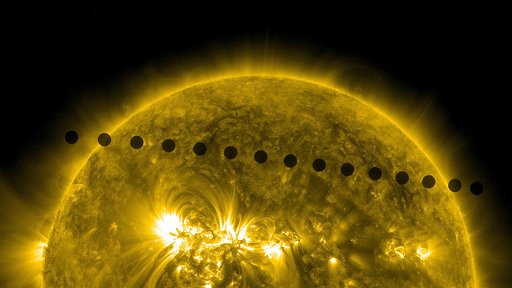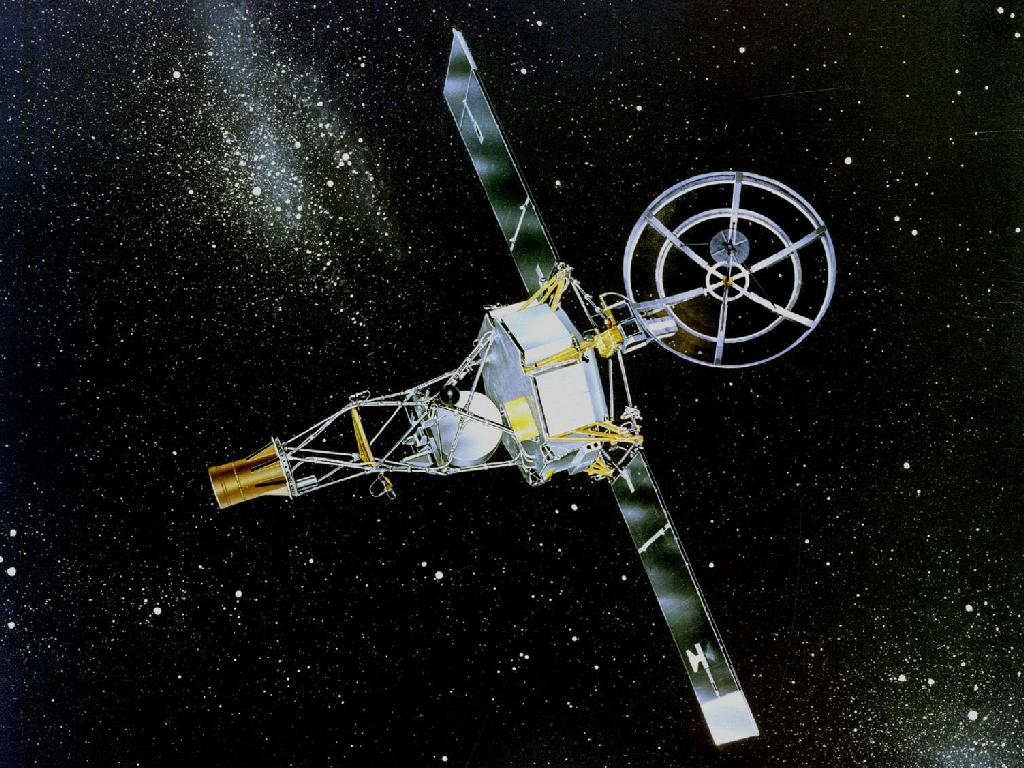Introduction
Venus is the second planet from the sun. When looking up at the night sky, it is possible to actually see Venus shining among the stars. This is because Venus is the brightest planet in the solar system, and actually, it is the second brightest object in the night sky, right behind the moon. It is sometimes referred to as “morning star” or “evening star.” The Ancient Greek Astronomers named Venus after the goddess of love and beauty since it was seen in the night sky. The Greeks called Venus Lucifer because of its appearance in the night sky. Venus is often known as Earth’s sister planet. It is only slightly smaller than Earth, with a fairly young surface. The density and chemical compositions of the planets are very similar, which made astronomers believe that life may have existed on Venus. However, after learning more about the features of Venus, it may be the least likely planet for life in the solar system.

Size & Scale
Venus is the sixth largest planet with a mass of 4,867,320,000,000,000 billion kilograms. Venus and Earth have always been compared as “sister planets” because of their similar size. Venus is about 80% of Earth’s mass and only 638 kilometers smaller in diameter.
Mass: 4.869e24 kilograms
Diameter: 12.103.6 kilometers

Environment/Terrain
Venus’ rotation is unique as it is very slow, completing one day in 243 Earth days. Completing one orbit around the sun, or a year, takes 225 Earth days. This means that a day on Venus is actually longer than a year on Venus. Venus is also unique in that it has a retrograde rotation, meaning it rotates counter-clockwise.
Although Venus is considered Earth’s sister planet, the environment on Venus could not be more opposite. Venus may be the least inhabitable place for life in the entire solar system. This is because the pressure of Venus is 90 atmospheres, which is like being 1 kilometer under the ocean. This pressure is so intense that even small craters cannot survive on the surface of the planet. The atmosphere on Venus is full of layers of thick clouds of sulfuric acid. These clouds are miles thick, causing a greenhouse effect that traps heat, making Venus the hottest planet in the solar system. The average temperature on Venus is 864 degrees Fahrenheit (462 degrees Celcius), which is hotter than the Mercury, even though Mercury is closer to the sun. Venus’ surface temperature is hot enough to melt lead!
Astronomers believe that Venus may have had water in the past. However, with the intense increase in surface temperature, the water must have evaporated, leaving an extremely dry surface.

Orbiting Bodies
Venus has one quasi-satellite, 2002 VE68. This orbital body, asteroid, has the same orbital resonance as Venus, meaning it makes an orbit around the sun in the same amount of time as Venus.

Missions
Mariner 2 was the first spacecraft to visit Venus in 1962. Today, over 20 spacecrafts have visited Venus, including the US spacecraft Magellan which used radars to create a map of Venus’ surface. This was an important step considering Venus’ thick sulfuric acid layers make it impossible to see its surface outside its atmosphere. Today, Express is in orbit around Venus.
The US sent flyby missions Mariner 2 (1962), Mariner 5 (1967), Mariner 10 (1974). The most successful mission successful US mission was the Pioneer Venus probes in 1978. The 1990 Magellan surveyed the planet for four years.
